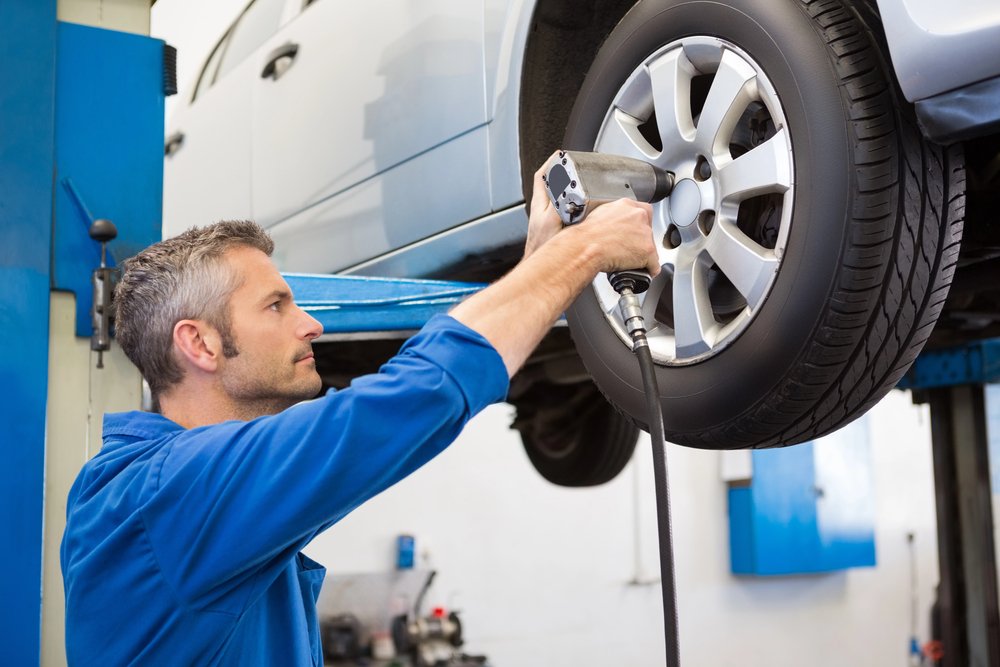
Automotive service professionals work in noisy environments. But just how loud does it get? And what are the risks?
Noise levels in the shop can frequently exceed 100 decibels (dB), easily entering the range where prolonged exposure may lead to significant hearing damage. Given the severe impact of noise pollution on health, including potential permanent hearing loss and conditions like tinnitus, it’s imperative for automotive professionals to not only understand these risks but also actively engage in protective strategies.
By underscoring the critical need for comprehensive hearing protection in the automotive sector, professionals in their field can focus on safer working conditions and better health outcomes.
Understanding noise levels
Automotive environments are loud — from the machinery to the tools to the engines, sounds are seemingly constant when working with cars. With prolonged exposure, many of these sounds can cause hearing damage if you aren’t properly protected.
Sound is measured on a decibel scale, from 0 dB and rising exponentially, with sounds over 70 dB having the potential to cause hearing loss with prolonged exposure and sounds over 120 dB able to cause immediate hearing damage.
In a mechanic’s shop, you can expect to encounter:
- Air saws and chisels, up to 107 dB;
- Grinders and orbital sanders, up to 97 dB;
- Work with sheet metal, welding, flame-cutting, and paint spraying, up to 93 dB;
- Car and engine noises, up to 70 dB.
With that extent of exposure to loud noises, hearing damage is a major risk and reality for many automotive service professionals.
Effects of noise on hearing
Decibel levels and their corresponding danger are also influenced by listening time. If you’re exposed to a tolerable loud noise, such as a car engine or power tool, for a long period of time, it may result in temporary hearing loss or a lowering of your threshold for noise or a ringing noise (tinnitus). This can leave you more susceptible to symptoms of hearing loss, such as muffled speech, for a few days until your ear heals.
Suppose exposure continues for a long enough time, or you’re exposed to a one-time noise of a high enough decibel (like a thunderclap or rocket launch). In that case, you may experience immediate and permanent hearing loss to some degree. Hearing aids can be used to treat this, including easing the effects of tinnitus. If you suspect you have negative symptoms from either one-time or prolonged noise exposure, it is worth consulting with a hearing care professional at a registered clinic.
Benefits hearing protection
Steps can be taken to help prevent one-time and prolonged hearing damage when you know beforehand that you may be exposed. For automotive service pros, wearing hearing protection has the obvious immediate benefit of preventing hearing damage due to workplace noise levels. It also has the added benefits of reducing fatigue and increasing focus by cutting out distractions.
Long-term use can improve the quality of life of employees compared to those who don’t wear hearing protection. Exposure to even low levels of constant sounds can be frustrating and challenging, so the option to cut away background noise is a benefit for many.
Types of hearing protection
There is a wide range of hearing protection options available on the market, all with different potential benefits and drawbacks. To understand which will work best, you need to understand your environment and the noise reduction rating (NRR) of various options.
While all the below options can cover decibel ratings within the same range, each individual product may be rated differently. If a product is rated at 30 dB NRR, that means it lowers the decibels reaching your ear by 30. If the sound starts at 100 dB, that means only 70 dB reaches your ear — taking you nearly out of the danger zone for hearing damage. Some of the options for hearing protection include:
- Foam earplugs: These can be found in most retailers. They’re cost-efficient and can be reused a few times, but they often have lower NRR ratings (usually around 20-30dB) and may not be comfortable for everyone, as they are placed inside the ear.
- Pre-molded earplugs: These work on a ‘one size fits most’ model, meaning that you may need different sizes for each ear and may be unable to find a style that’s comfortable for you. If you can find a comfortable set, these are reusable and still cost-efficient. NRR ratings for pre-molder earplugs are usually around 25.
- Custom-molded earplugs: As these are made for you, they will fit well and comfortably. They may be a bit more expensive but can be reused for a long time and have the potential to have increased NRR ratings compared to generic options.
- Canal caps: These are a popular choice, as there is a wide variety of styles and materials available. Canal caps are attached to each other, allowing you to hang them around your neck and quickly put them back in when needed. This makes them harder to lose, getting you even more use out of them. This option also has a standard dB rating of around 30.
- Earmuffs: Two types of earmuffs are available, both designed to look like over-the-ear headphones. Standard earmuffs simply muffle sound, providing a barrier between you and the noise, with an NRR rating of between 15-30. Electronic earmuffs can be more sophisticated, detecting and amplifying or reducing specific noise, and usually have NRR ratings closer to 30. They may also be integrated with communication technology, allowing you to talk more freely with colleagues in loud environments. These tend to be more expensive and may not be compatible with helmets or headgear.
The need for ear protection
The noise levels in automotive environments pose a significant threat to the auditory health of professionals working in this field. Understanding the impact of these noise levels and the necessity of using appropriate hearing protection cannot be overstated. Service professionals should prioritize their auditory health by adopting comprehensive hearing protection strategies, such as utilizing the various earplugs or earmuffs available based on their specific needs and the noise reduction rating best suited for their environment.
Booking an online hearing consultation, taking an online hearing test, and getting regular auditory check-ups are equally important to ensure any signs of hearing loss are detected early and managed effectively. Taking these precautions not only protects your hearing but also enhances overall productivity and well-being in the workplace. Let’s make hearing health a priority and ensure that our work environments are as safe as they are productive.
Katie Koebel, M.Cl.Sc., is the senior manager of audiology at HearingLife. She is an audiologist registered with CASLPO.


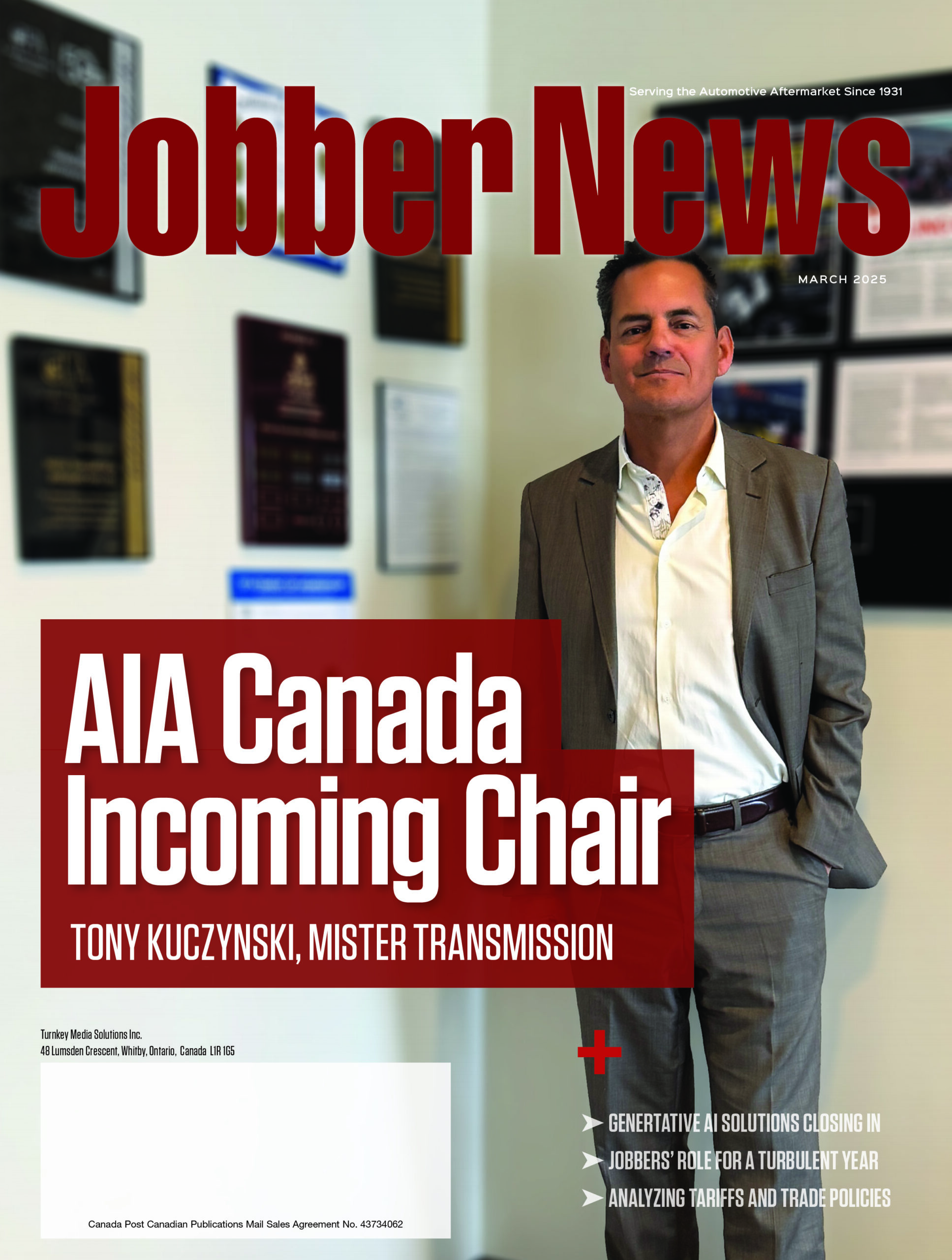
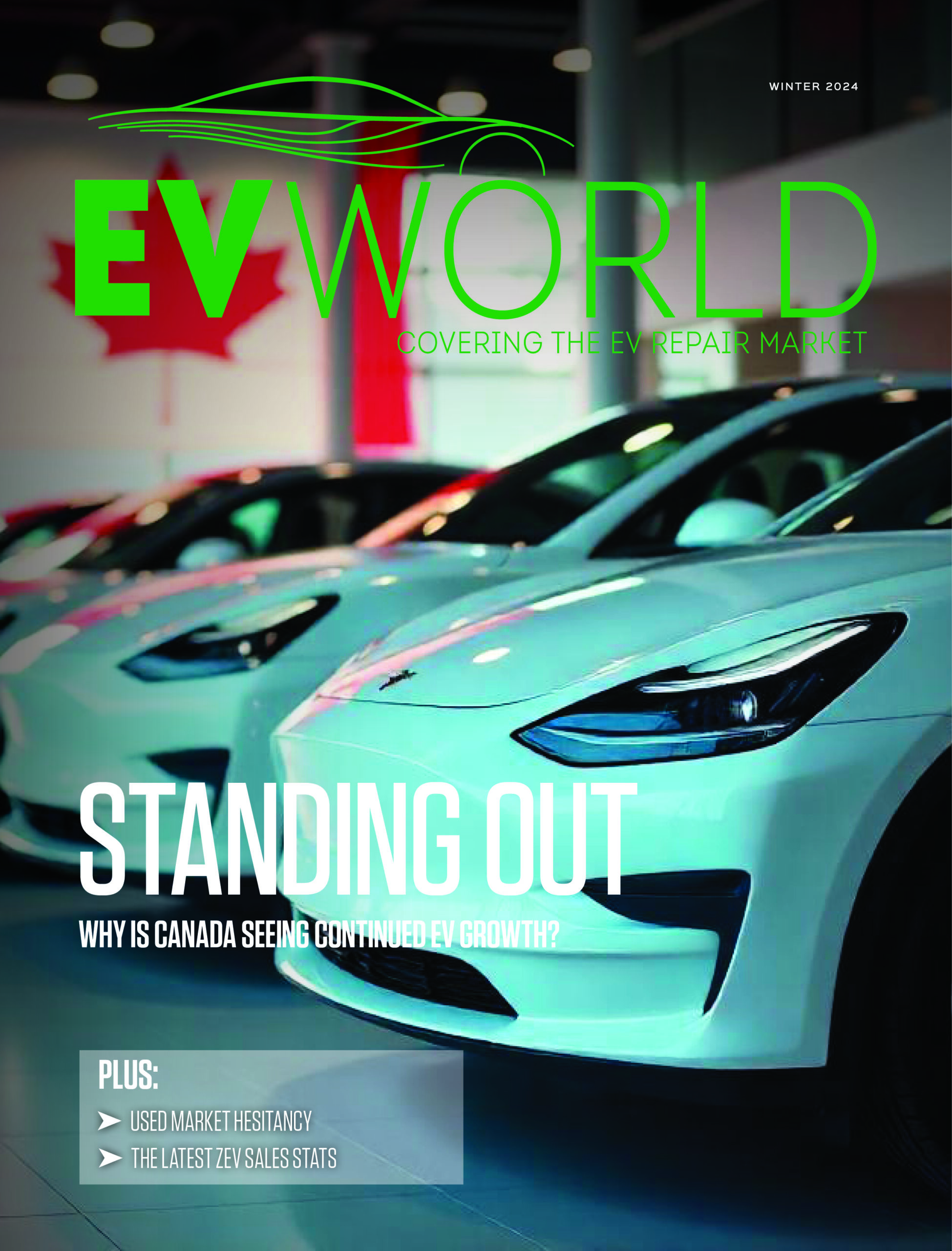

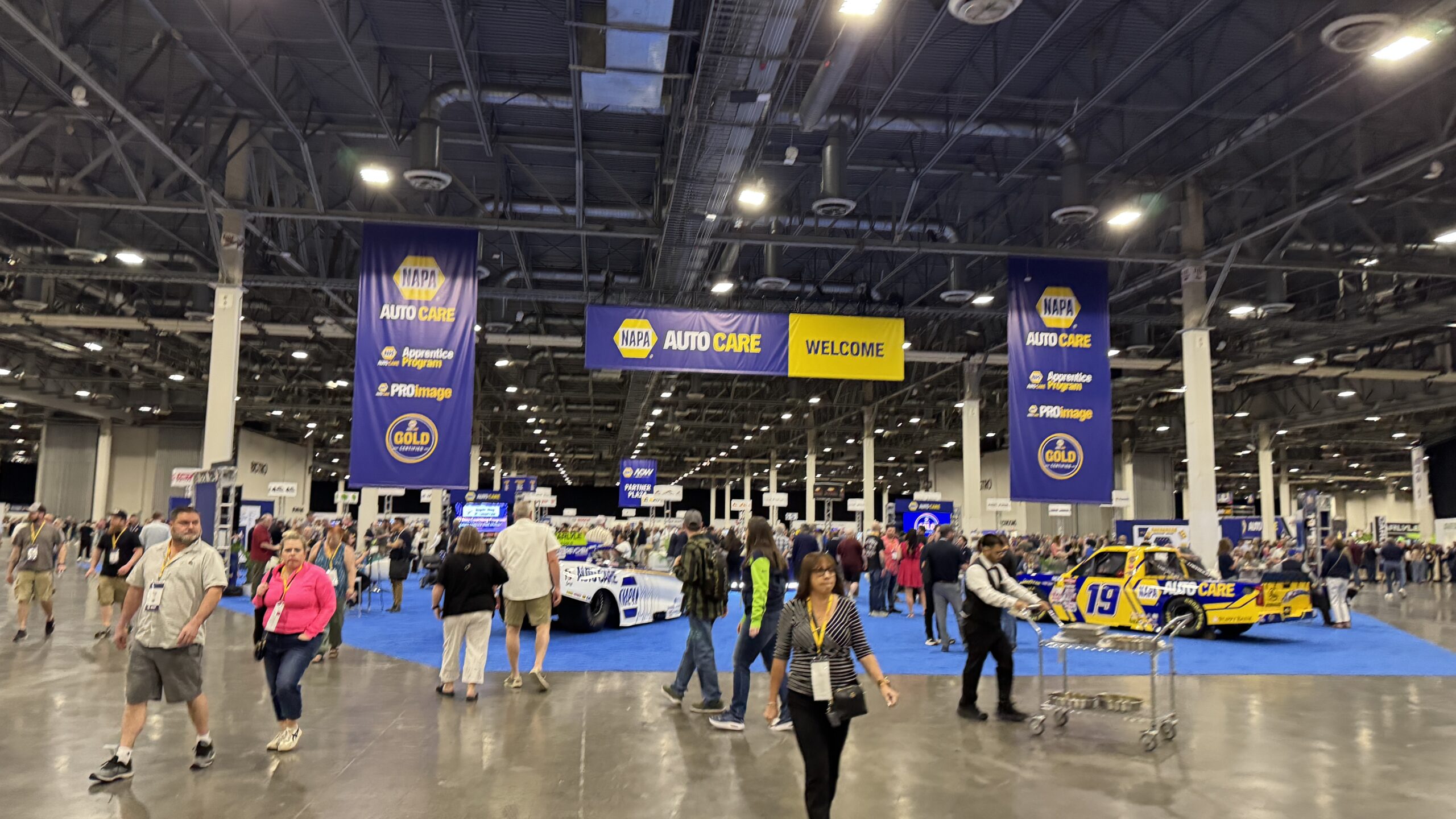

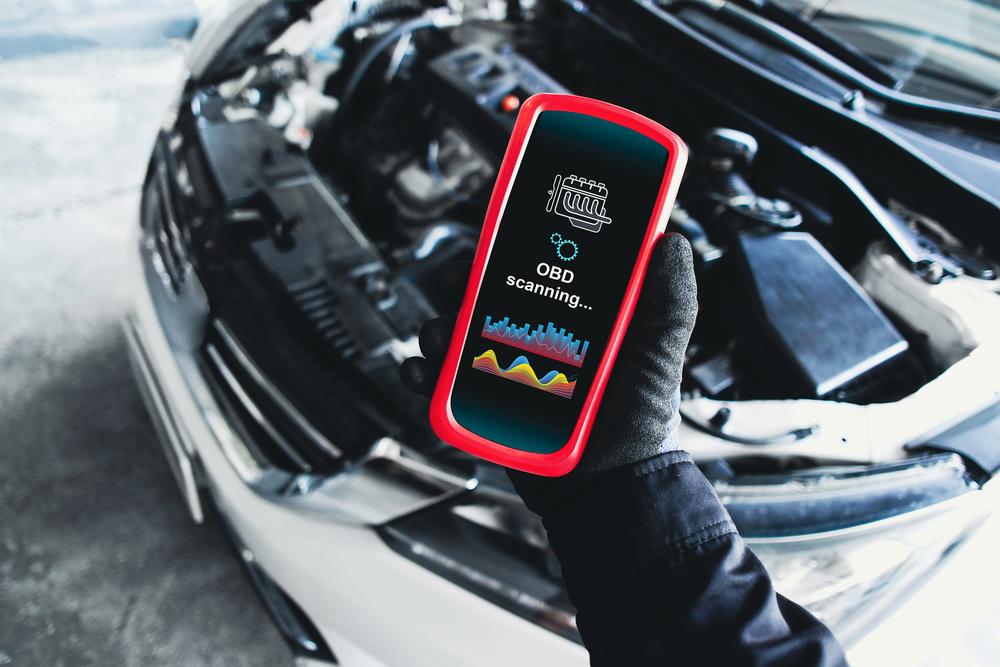
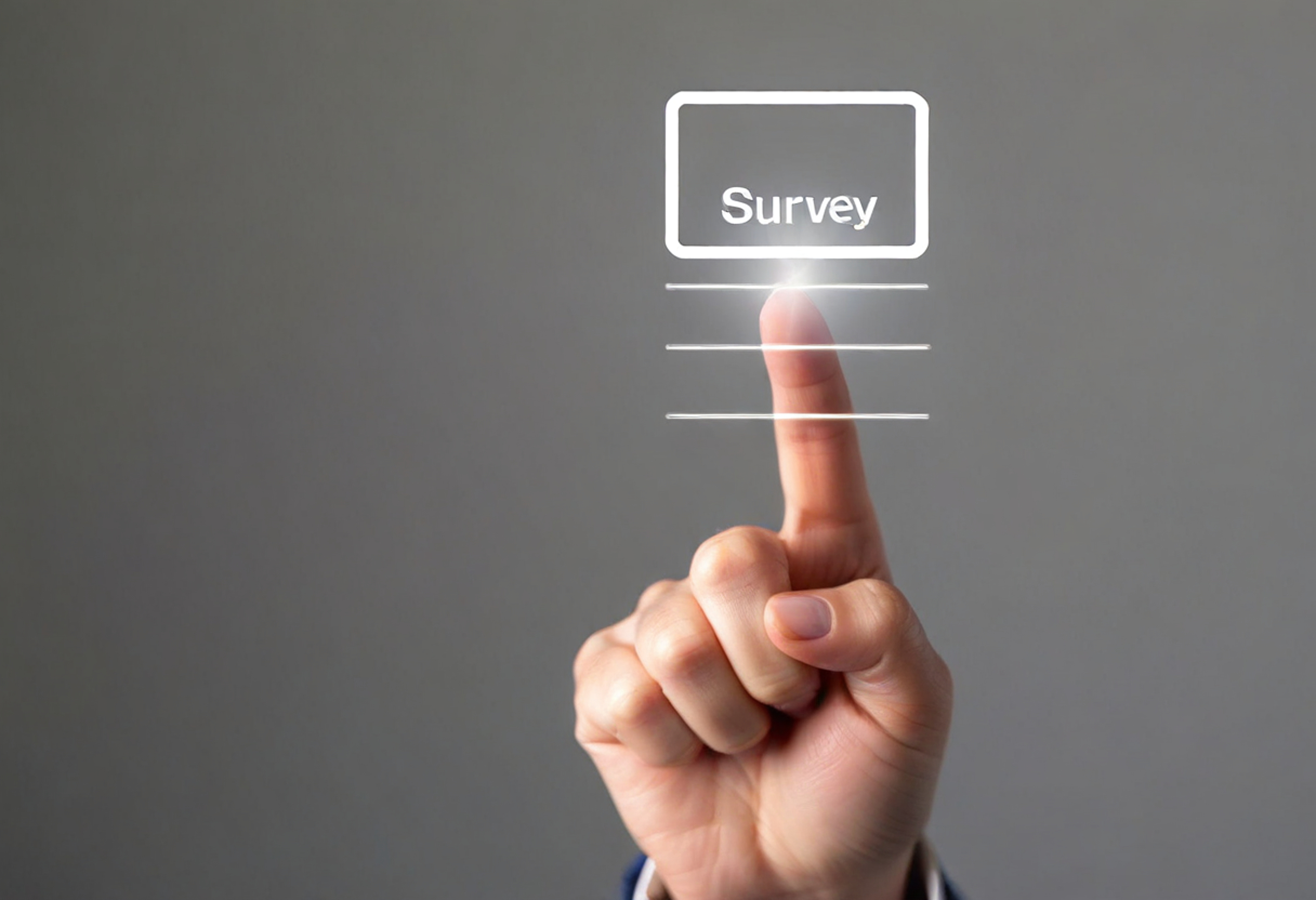

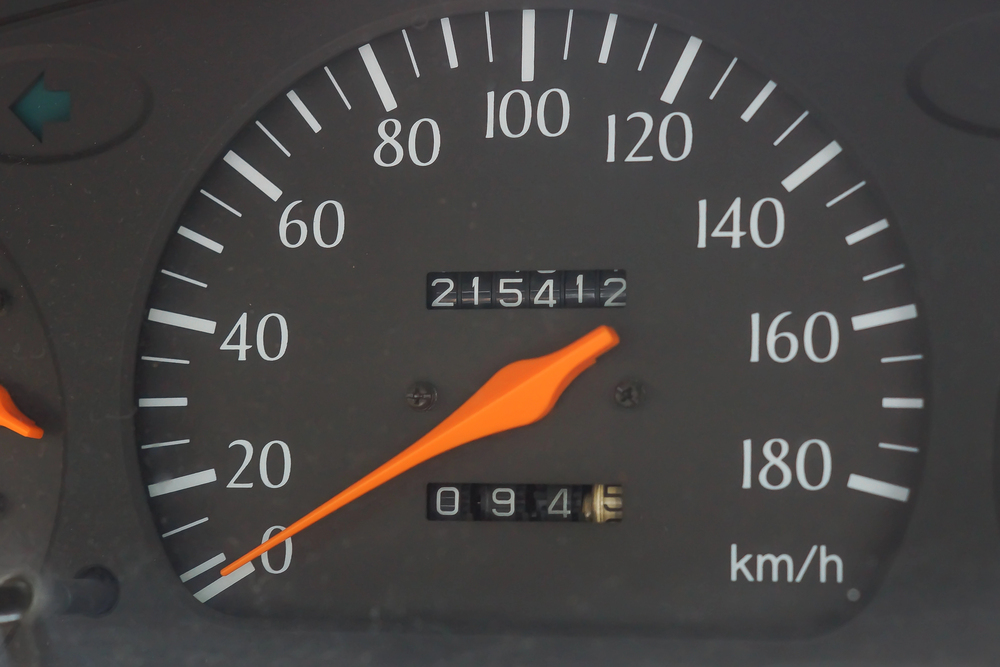
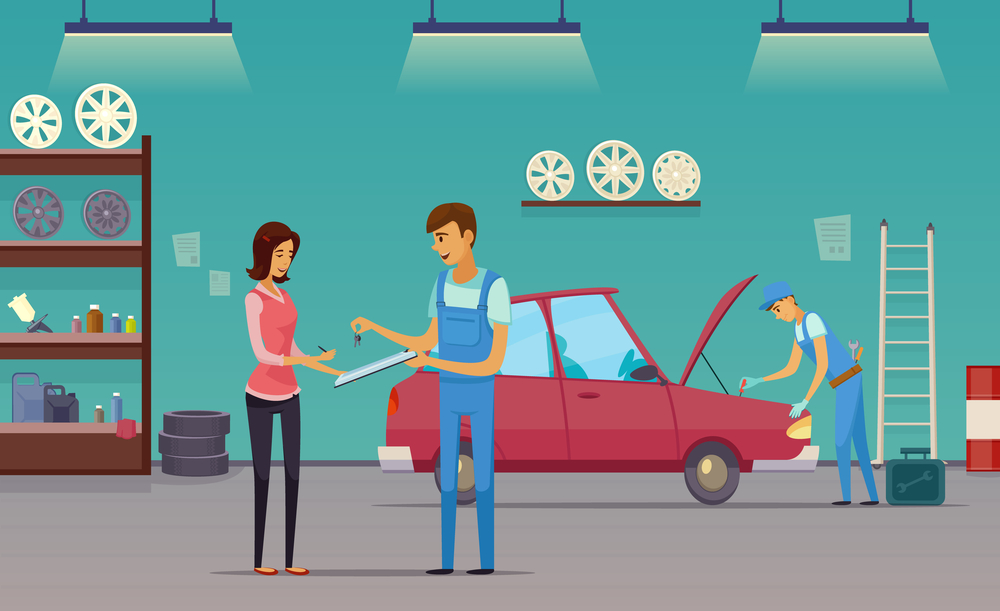

Leave a Reply